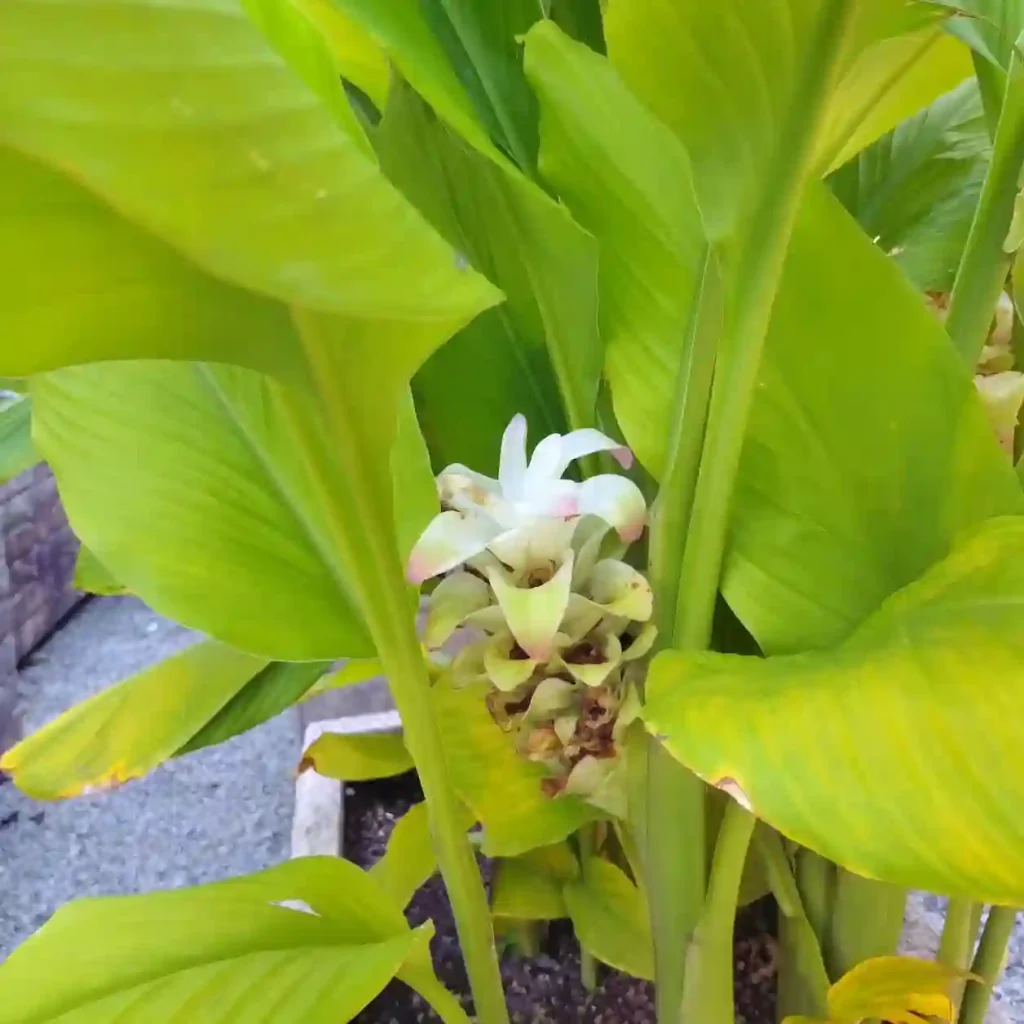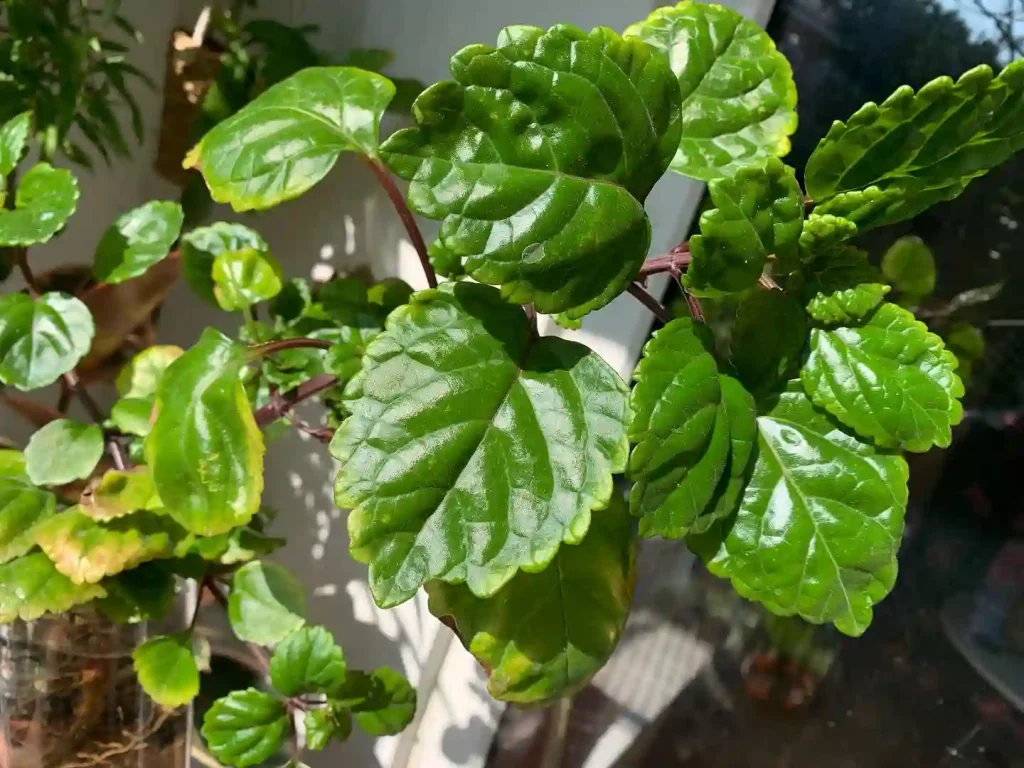Falling in Love with Bleeding Hearts: A Dicentra Appreciation
Hi, I’m Ferb Vu, and I have a confession to make: I’m utterly captivated by Dicentra, the genus belong to the Papaveraceae family. There’s something undeniably charming about these flowers, with their delicate, heart-shaped blooms dangling like pendants from gracefully arching stems. They evoke a sense of romance and whimsy, and I find their presence in a garden utterly enchanting.
My fascination with Dicentra started innocently enough. I was wandering through a local nursery, overwhelmed by the sheer variety of plants, when a splash of vibrant pink caught my eye.
A Diverse Family of Hearts
Dicentra is a diverse genus, boasting a range of species with unique characteristics. Here are:
- Dicentra canadensis (Goldie) Walp.
- Dicentra cucullaria (L.) Bernh.
- Dicentra eximia (Ker Gawl.) Torr. Plant FAQs: Dicentra Eximia
- Dicentra formosa (Andrews) Walp.
- Dicentra nevadensis Eastw.
- Dicentra pauciflora S.Watson
- Dicentra peregrina (Rudolph) Makino
- Dicentra uniflora Kellogg
Why I Adore Dicentra
Beyond their undeniable beauty, there are several reasons why I’m drawn to Dicentra:
- Their Ephemeral Nature: Bleeding hearts are spring ephemerals, meaning they emerge early in the season, bloom for a few weeks, and then retreat into dormancy as summer approaches. This fleeting presence adds to their allure, making their blooms all the more precious.
- Their Shade Tolerance: As someone who gardens in a partially shaded yard, I appreciate plants that thrive in less-than-sunny conditions. Dicentra are perfectly happy in dappled shade, making them ideal companions for hostas, ferns, and other shade-loving plants.
- Their Easy Care: Once established, Dicentra are relatively low-maintenance. They prefer moist, well-drained soil and benefit from a layer of mulch to keep their roots cool. They don’t require much fertilizer and are generally pest-free.
Dicentra in My Garden
I’ve incorporated several Dicentra species into my own garden, and they’ve brought me immense joy. I’ve tucked Dicentra formosa amongst my ferns, where their delicate flowers add a touch of whimsy. And I’ve even created a small woodland garden where Dicentra cucullaria and Dicentra canadensis thrive in the dappled shade.
Watching these plants emerge each spring fills me with anticipation. Their delicate foliage unfurls, followed by the graceful arching stems and, finally, the exquisite heart-shaped blooms. It’s a reminder of the beauty and resilience of nature.
More Than Just a Pretty Face
While I’m primarily drawn to Dicentra for their aesthetic appeal, they also hold cultural significance. In the language of flowers, bleeding hearts symbolize compassion, love, and romantic affection. They’re often given as gifts to express sympathy or to convey a heartfelt message.
In some cultures, Dicentra are associated with folklore and mythology. One legend tells the story of a young man who fell in love with a princess. He presented her with gifts to win her heart, each represented by the different parts of the bleeding heart flower: two pink outer petals for the earrings, two white inner petals for the slippers, and the protruding stamen for the body of the heartbroken man when she rejected him.
Whether you’re drawn to their beauty, their symbolism, or their ease of care, I encourage you to consider adding Dicentra to your garden. These charming plants will bring a touch of romance and whimsy to any space, and their ephemeral blooms will serve as a reminder to appreciate the fleeting moments of beauty in life.
If i die, water my plants!



